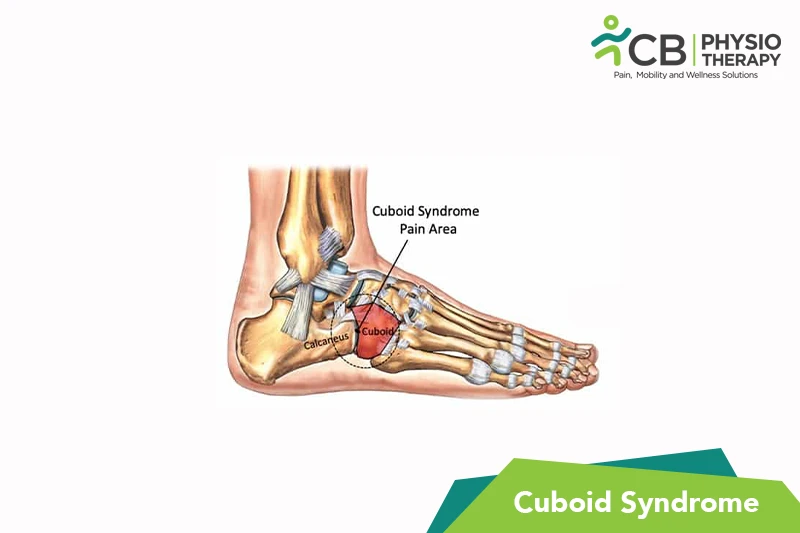Rest and Cryotherapy:The patient is encouraged to rest and apply ice to the affected area to help reduce pain and inflammation.
Transcutaneous Electrical Nerve Stimulation (TENS): TENS is a non-invasive technique that involves applying low-level electrical currents to the skin to relieve pain. TENS may be used to help reduce pain and inflammation in the foot.
Ultrasound Therapy: Ultrasound therapy involves using high-frequency sound waves to generate heat and promote healing in the affected area. It may be used to increase blood flow to the foot and promote tissue repair.
Electrical Muscle Stimulation (EMS): EMS involves using electrical currents to stimulate the muscles in the affected area. This may help improve muscle strength and reduce pain.
Interferential Current Therapy (IFT): IFT involves applying two electrical currents of different frequencies to the affected area. This may help reduce pain and inflammation and promote tissue healing.
Shockwave therapy:Shockwave therapy may also be used to help manage pain and inflammation in the foot, mobility in the affected foot
Pulsed Electromagnetic Field Therapy (PEMF): PEMF involves using low-frequency electromagnetic fields to stimulate the cells in the affected area. This may help reduce pain, inflammation, and promote tissue healing.
Range of Motion (ROM) Exercises: These exercises help to maintain flexibility and mobility in the affected foot. ROM exercises may include gentle stretches, rotations, and other movements to improve joint mobility.
Strengthening Exercises:Strengthening exercises can help improve muscle strength in the foot and ankle. This can help to improve stability and reduce the risk of re-injury.
Balance Training:Balance training exercises can help improve balance and stability in the foot and ankle. This can help reduce the risk of falls and improve overall foot function.
Gait Training:Gait training involves analyzing how a person walks and identifying any abnormalities or imbalances. The physiotherapist can then develop a treatment plan to help correct these issues and improve gait and walking function.
Manual Therapy:Manual therapy techniques, such as massage, joint mobilization, and soft tissue manipulation, may be used to help relieve pain, reduce inflammation, and improve mobility in the affected area.
Taping and Bracing:Taping or bracing may be used to support the foot and ankle and help reduce stress on the affected area. This can help to reduce pain and inflammation and promote healing.
